By Simon Reilly, CEO of Aurora Utilities
In 2023, nearly one in five cars sold were electric, and electric vehicle (EV) sales in total reached 14 million worldwide, according to the International Energy Agency (IEA).
Yet, in the UK only 65,000 electric vans were recorded on our roads as of August 2024, representing around 1.4% of all light commercial vehicles (LCVs) across Britain.
LCV fleets are behind in decarbonising, despite growth in EV registrations. Charging challenges threaten the net zero ambitions of fleet operators, but independent distribution network operators (IDNOs) could hold the key.
At a crossroads
Cars accounted for 52% of all domestic vehicle greenhouse gas emissions in the UK in 2023, while vans made up 17%. When we consider that vans represent 11.4% of vehicles on our roads, their carbon footprint is significant.
The good news is that electric van registrations are growing. The year 2023 saw a spike in electric van sales with over 20,000 registered, a 21% rise year-on-year. However, fleet operators are under pressure to go green even quicker.
Introduced in 2023, the UK Government’s Zero Emission Vehicle (ZEV) Mandate dictates that 70% of all vans sold in Britain must be zero emission by 2030, increasing to 100% by 2035.
The industry is at a crossroads; fleet operators must balance their regulatory obligations with cost efficiency, and customer service.
Speed bumps ahead
Whilst there are 63,000 EV charging units in 33,000 locations across the UK fit for cars, there are currently far fewer public charging points for vans or lorries.
The Road Haulage Association (RHA) said 70% of electric vans in the UK return to depots for recharging overnight, which mean most are used for local deliveries within a 50 to 80-mile radius.
High-profile retailers (e.g. Tesco) and delivery service companies (e.g. Royal Mail) have announced aspirations to electrify their entire fleets. To achieve this, it will require a significant increase in local charging unit installations across the UK, but is this possible?
Many operators have voiced concerns over the cost of installing EV charging infrastructure. There’s an investment required upfront, which includes the hardware, the management software, cables, supplier contracts, cost of permits, and so on.
Overall, the complex nature of the installation can sound daunting. Afterall, there may be grid capacity issues that vary depending on where in the UK the charging is needed, leading to a complicated spiderweb of approvals to navigate.
Taking charge
In order to turn a major fleet carbon-neutral, it is critical that robust infrastructure is put in place across the whole of the UK. This will ensure commercial vehicles can charge at strategic positions, limiting any unplanned downtime and disruption to delivery schedules.
It will take a collaborative effort between government and industry to develop a regulatory framework that will support the zero emission LCV market in the UK. In the meantime, operators can choose to work with IDNOs to speed up their connections.
Unlike network operators who are obliged to operate in one region, IDNOs take a holistic view of route planning across the whole country, not just in one town or city.
For example, data can be used to identify priority delivery locations, volume of goods required where and when, road conditions which might make routes longer, and existing vehicle capabilities in certain areas.
This data is then used to determine where the fleet will need to charge across the country, determining where and when demand for energy will be higher and lower. This information is then used to develop a plan for engaging the local distribution network operator (DNO).
This data-rich plan and critical engagement ensures the installation will have adequate energy supply when it’s needed, speeding up the process and limiting disruption to deliveries. IDNOs can also advise on planning constraints, including local legislation.
To overcome the obstacle of an upfront investment into the infrastructure and hardware, IDNOs can offer asset value payments.
This is where the IDNO generates revenue from charges paid by the consumer through the energy supplier, and some of this projected future revenue is used to offer a payment to developers to help subsidise the cost of building the new network and unit.
In many instances, this payment can transform the project, helping the operator to get their carbon-neutral vehicles on the road quicker.
There is huge potential for transformational change in the delivery sector, and at Aurora, we are excited to be along for the ride.



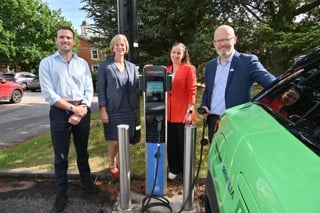
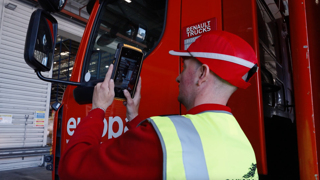
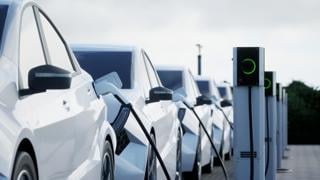
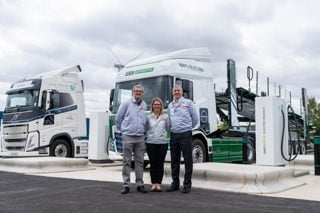
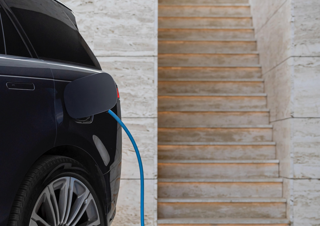











Login to comment
Comments
No comments have been made yet.